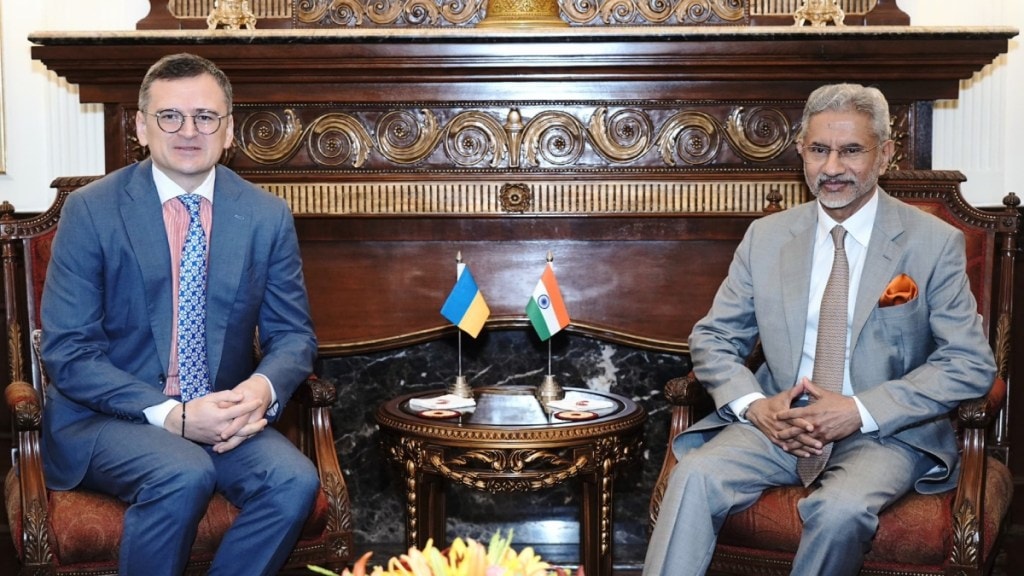The Russia-Ukraine war did cast a long shadow over Prime Minister Narendra Modi’s visit to Russia and Austria. Unfortunately, the timing coincided with a Russian missile strike on a children’s hospital in Ukraine’s capital, Kyiv, and the US-hosted North Atlantic Treaty Organization summit in which the ongoing war was a major focus of the deliberations, including efforts to bolster Ukraine’s military capabilities to safeguard its territorial sovereignty. Modi signalled the West that he delivered a clear message to Russia’s President Vladimir Putin that the killing of innocent children was “heart-wrenching and painful” while forcefully underscoring that “peace talks do not succeed amid bombs, guns and bullets”, and no “solution to any conflict is possible in the battlefield”. Modi reiterated this message in his meeting with Austria’s Chancellor Karl Nehammer. India continues its delicate balancing act in not joining the chorus of western nations in condemning Russia’s war in Ukraine while appealing for dialogue to end the conflict.
India’s restrained position on the Ukrainian conflict obviously stems from its limited geopolitical options. If it joins the West, there is the risk of antagonising the time-tested, reliable relations with Russia at a time of Chinese aggression on our northern and northeastern borders. India’s ties with Russia may not have the scope and depth of its alliance with the erstwhile Soviet Union, but it has been 24 years since both nations signed a historic declaration on a strategic partnership and 14 years since it was elevated to a special and privileged strategic partnership. At the 22nd annual summit between the leaders of both nations, they reaffirmed their commitment to the special and privileged strategic partnership to take forward a broad-based engagement on various areas of cooperation including political and strategic, economy, energy, military and security, science and technology, culture, and humanitarian cooperation. Both the leaders also issued a joint statement on the development of strategic areas of economic cooperation up to 2030.
Defence of course is a big-ticket item for bilateral cooperation as India extensively uses Russian weaponry, but the need for closer economic cooperation is being felt to make bilateral trade more balanced. No event has had more impact on the world economy than the war in Ukraine with energy prices skyrocketing and the prospect of a full-blown food crisis. India has benefitted enormously from importing deeply discounted Russian oil — especially after the imposition of western sanctions — and fertilisers. Bilateral trade has boomed to $65 billion with a surplus substantially in favour of Russia. To realise the target of $100 billion by 2030, the summit deliberations were on how to make it more balanced and the need for a bilateral settlement system using national currencies. Both countries are to work towards the elimination of non-tariff barriers and promotion of investments. The joint statement on economic cooperation also mentioned connectivity initiatives like the north-south international transport corridor, the northern sea route, and the Chennai-Vladivostok sea line to facilitate cargo movements.
A significant pillar of the special and privileged strategic partnership is energy cooperation. An important showpiece of Russia’s commitment to help India is in nuclear power generation as it’s building the 6,000-megawatt project at Kudankulam in Tamil Nadu, which will have six VVER-1000 nuclear reactors. Kudankulam 1 and 2 are operational, and 3 to 6 are in progress. Delhi’s strategic engagement with Moscow thus is multifaceted and is bound to strengthen in the future.

